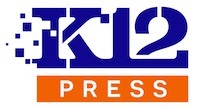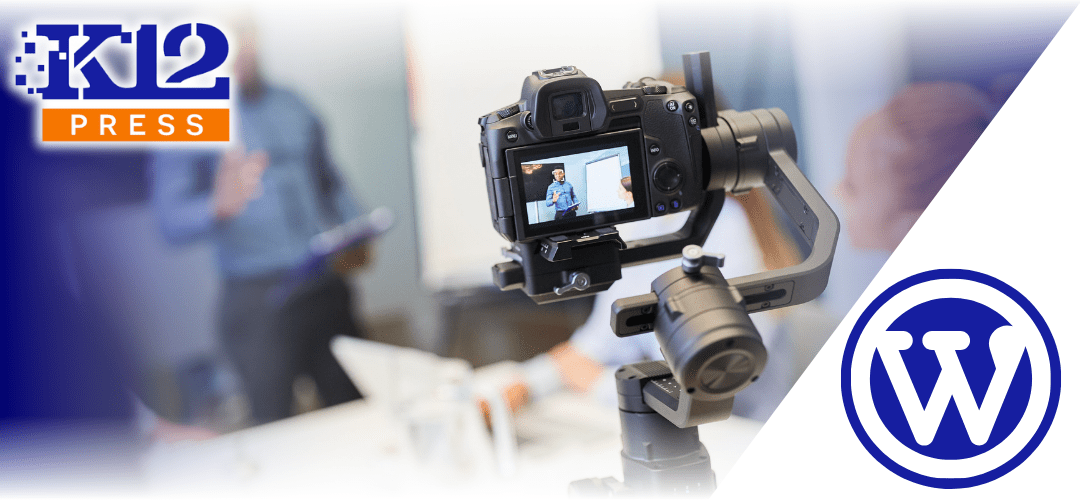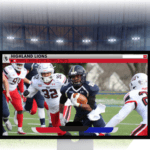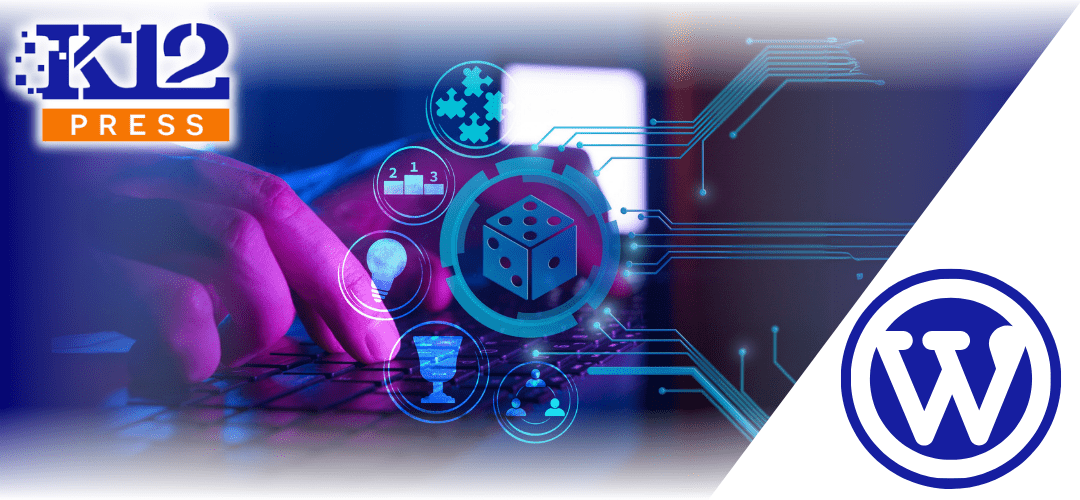The ability to connect with students both in and out of the classroom is more important than ever. Live streaming and recorded lessons are essential tools for enhancing engagement and accessibility. This guide provides step-by-step instructions on integrating live streaming and recorded lessons from how to set up live streaming capabilities to creating a library of recorded lessons that remote learners can access anytime.
The Importance of Live Streaming and Recorded Lessons
Live Streaming: Live streaming allows real-time interaction with students, making it possible to extend the classroom environment anywhere with internet access. This method is ideal for maintaining the dynamics of a traditional classroom and keeping students engaged through direct participation.
Recorded Lessons: Creating a library of recorded lessons provides students with flexible learning options. They can review materials at their own pace, revisit challenging concepts, and catch up on missed lessons, which is crucial for accommodating diverse learning styles and schedules.
Setting Up Live Streaming
1. Choose the Right Platform: Platforms like Zoom, Google Meet, or Microsoft Teams are popular for educational purposes due to their reliability and ease of use. Each platform offers different features, so choose one that aligns with your school’s needs and compliance standards.
2. Equip Your Classroom: Ensure you have the necessary equipment for high-quality streaming. This includes a stable internet connection, a webcam with clear video quality, a microphone, and possibly lighting equipment to enhance visibility.
3. Prepare for Interactivity: Engage students during live sessions by incorporating interactive elements such as Q&A sessions, live polls, and group discussions. This encourages participation and keeps the session dynamic.
Creating a Library of Recorded Lessons
1. Recording Your Lessons: Use software that can capture both screen content and video. Tools like OBS Studio or the recording features within your chosen live streaming platform can be effective.
2. Organizing Content: Organize recorded lessons into a structured library accessible through your school’s learning management system (LMS) or a dedicated section of your school website. Categorize the videos by subject, grade, or teacher to help students easily find the content they need.
3. Ensuring Accessibility: Make sure your recordings are accessible to all students. Include subtitles, clear audio, and provide additional resources like lesson summaries or accompanying worksheets.
Engaging Remote Learners by Integrating Live Streaming and Recorded Lessons
Promoting Consistency: Maintain a regular schedule for live sessions and update the recorded lesson library consistently. This helps create a routine for students and ensures they know when new content is available.
Feedback and Evaluation: Regularly collect feedback from students and parents about the live and recorded sessions. Use this feedback to improve the content and delivery of your lessons.
Live streaming and recorded lessons are powerful tools that can significantly enhance classroom engagement, especially in a hybrid or fully remote learning environment. By following these guidelines, schools can ensure that all students have equitable access to quality education, regardless of their physical location.
Explore more about using digital tools to enhance classroom engagement at K12Press: Visit K12Press.














